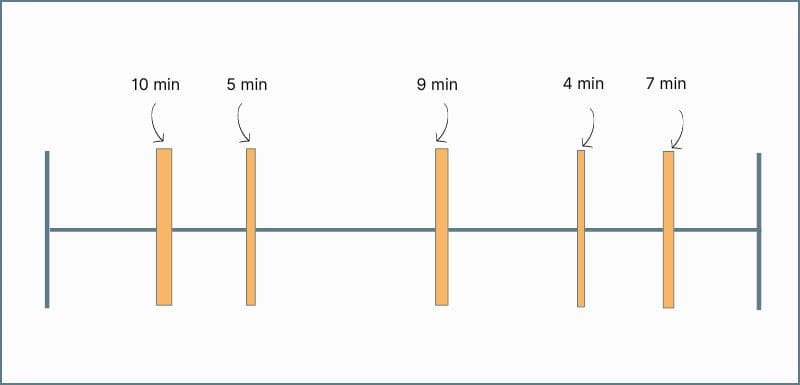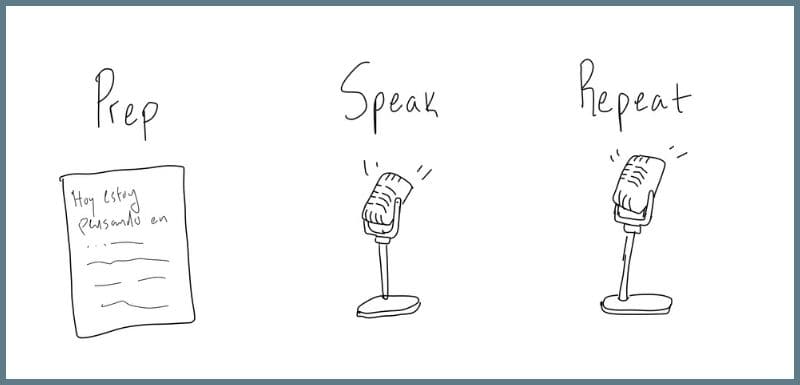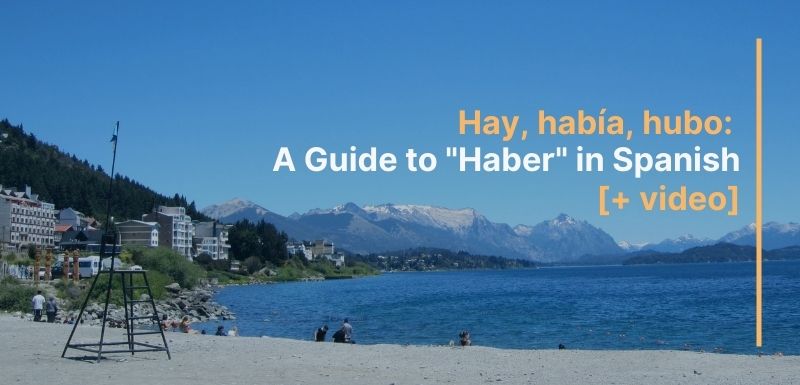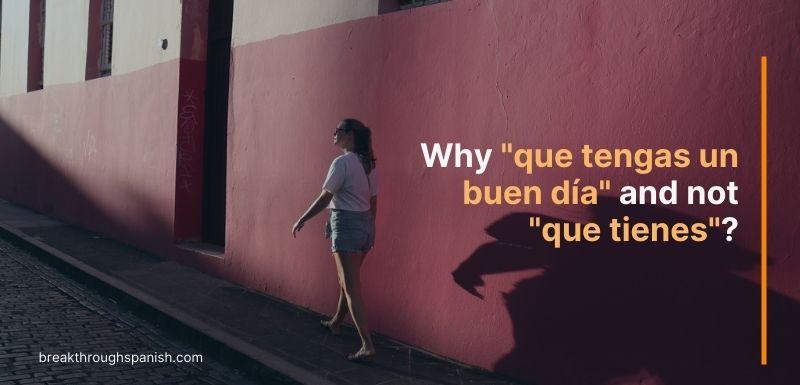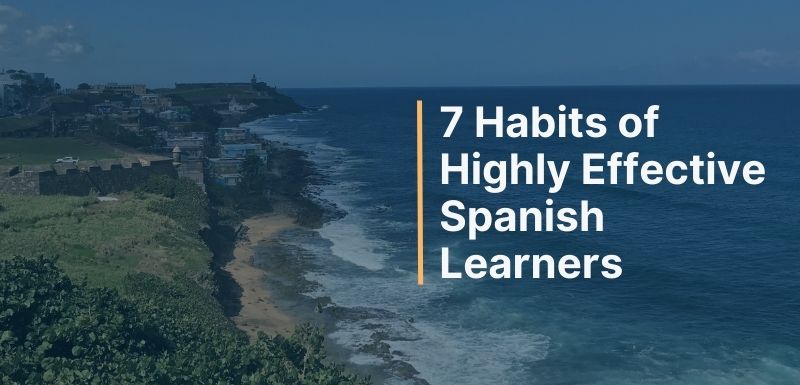SS #80: A snapshot of my own language learning
When I was around 15, I read a classic of the language learning genre: How to Learn Any Language by Barry Farber. Farber’s tales of learning Indonesian on a cargo ship and interpreting for Soviet refugees lit a fire under my nascent interest in languages. More than 15 years after reading it, there’s one main … Read More

